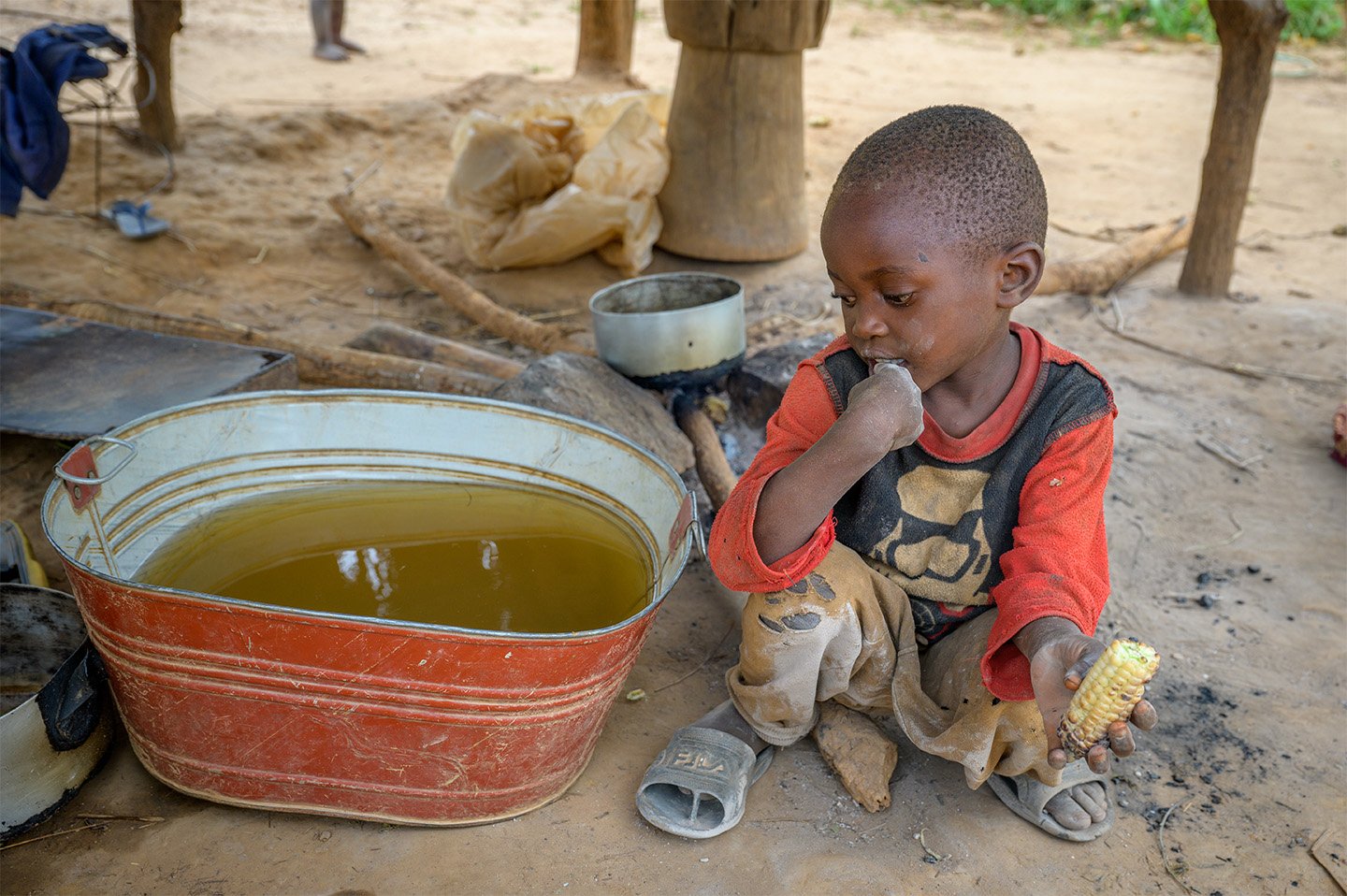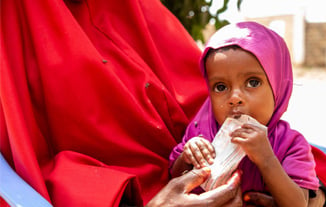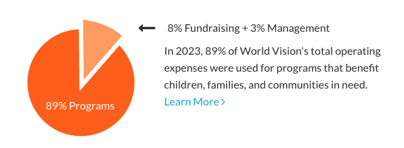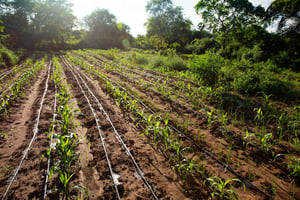
Thanks to Covid-19, most of the world is getting an up-front-close and personal course in disaster management. One of the keys to good disaster management is understanding risk. World Vision does a lot of work in communities that have to manage risks that come from various sources - hurricanes, earthquakes, famines, floods – or even from a pandemic.
World Vision’s goal is to reduce the risks the extreme poor are facing. However, how exactly do we do that in both the short and long-term? I have long found it helpful to use the following illustration to understand and explain disaster risk management.

Since risk is generally bad, we want it to be as small as possible. How do we manage risk? Let’s assume we are talking about a smallholder farmer in Malawi. Let’s unpack this a bit by looking at the core components.
Hazard
A hazard is usually an external shock to the system (although, having just gone through it, it could be a very internal issue like cancer). An easy example is too little rainfall. Not much anyone can do about it once it is upon you. So, that cannot be changed. Let’s put in a number into our Risk equation for hazard of 10.
Vulnerability
Vulnerability is complex, but is generally how a person (or community or group) responds to the hazard. For a smallholder farmer in Malawi, vulnerability can be reduced with time and effort. An example might be to reduce vulnerability to the effects of too little rainfall by helping farmers move to using irrigation. However, in the short-term, vulnerability is hard to move too much. Let’s put a number in our Risk equation for vulnerability of 10.
Resilience
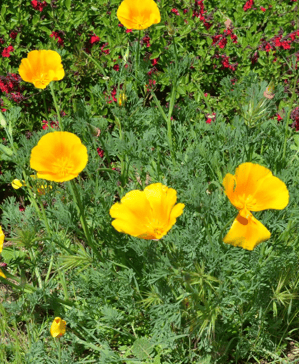 |
| Resilience! The California poppy looks gorgeous – and fragile. But this beauty has deep roots that allows it to survive fires, floods, droughts, scorching heat and blistering cold. It is RESILIENT!! |
Resilience is how a person (or community or group) is able to absorb and move on from the shock or the hazard. A very resilient person is able to manage the shock or the hazard because they have coping and management skills. Let’s compare two cases. When we first begin working in a very poor community and resilience is low. Let’s put a number of 1 for that case. However, after a year or so, our smallholder farmer is part of a Savings Group, and so has savings to draw upon if the crops fail. Let’s put a number of 20 for that case.
Since we want RISK to be small, and if we use our numbers:

The risk for the farmer with more resilience – CASE 2 – is lower. THAT is the point of our exercise. In the short-term, the best thing we can do to reduce risk is to increase resilience.
That is what THRIVE aims to do – building improved and RESILIENT livelihoods.

